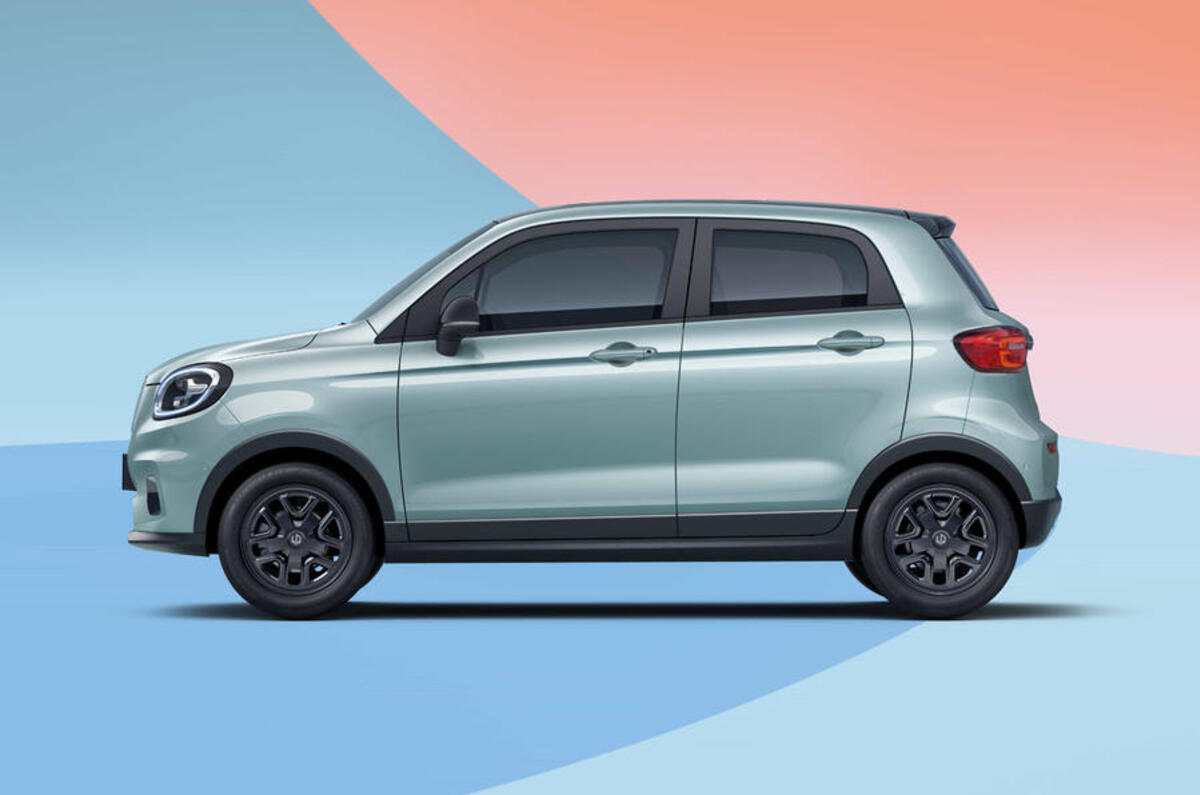Leapmotor was a relative unknown among the mass of new Chinese EV companies until last October when Stellantis – owner of brands such as Alfa Romeo and Vauxhall - paid €1.5 billion for a 21% stake and to take control of the company’s entire export output.
This week, the two companies announced the start of Leapmotor EV sales in mainland Europe from September and in the UK from March 2025, starting with the T03 city car and C10 mid-sized Volkswagen ID 4 rival. More will follow, eventually giving Leapmotor a range to take on MG.




Add your comment